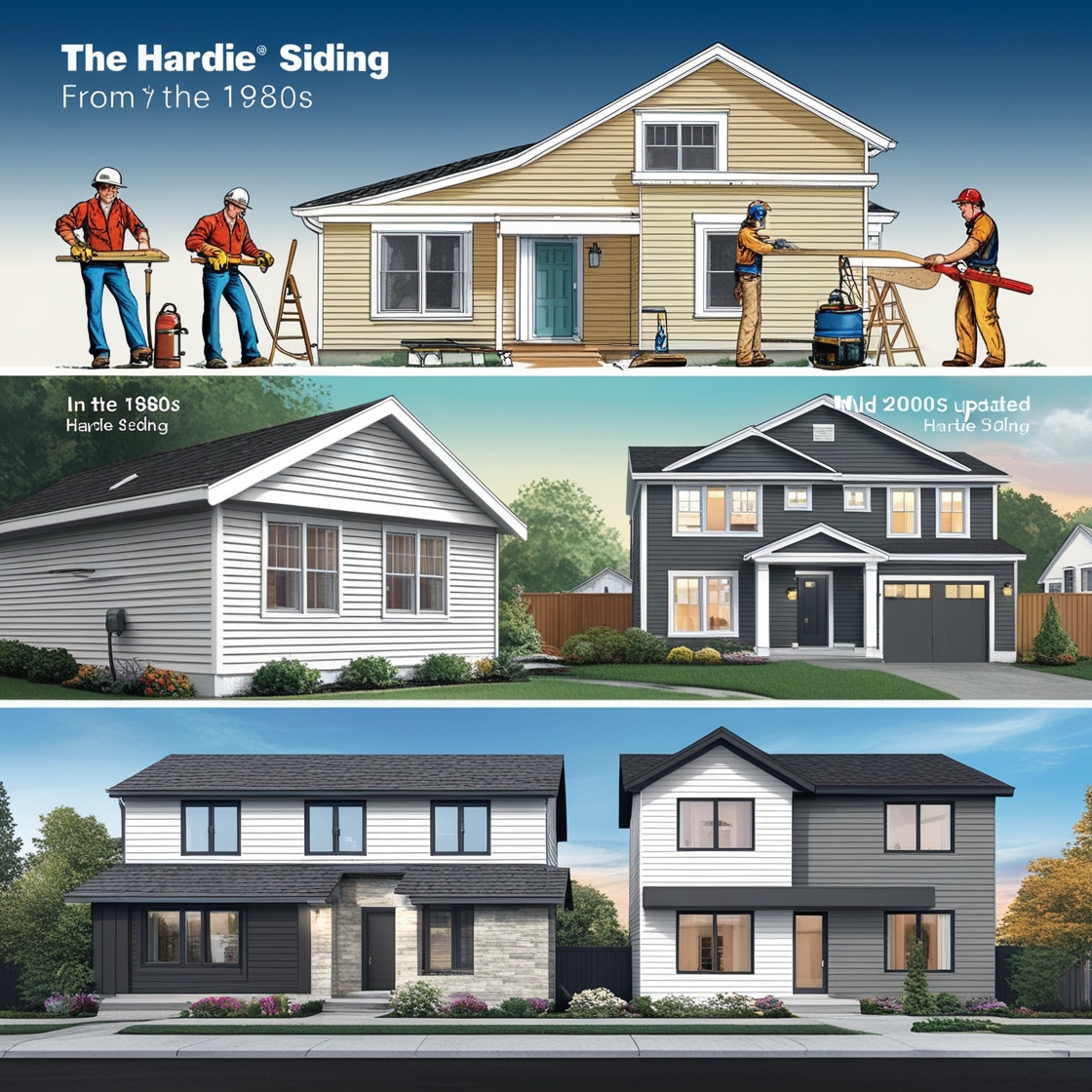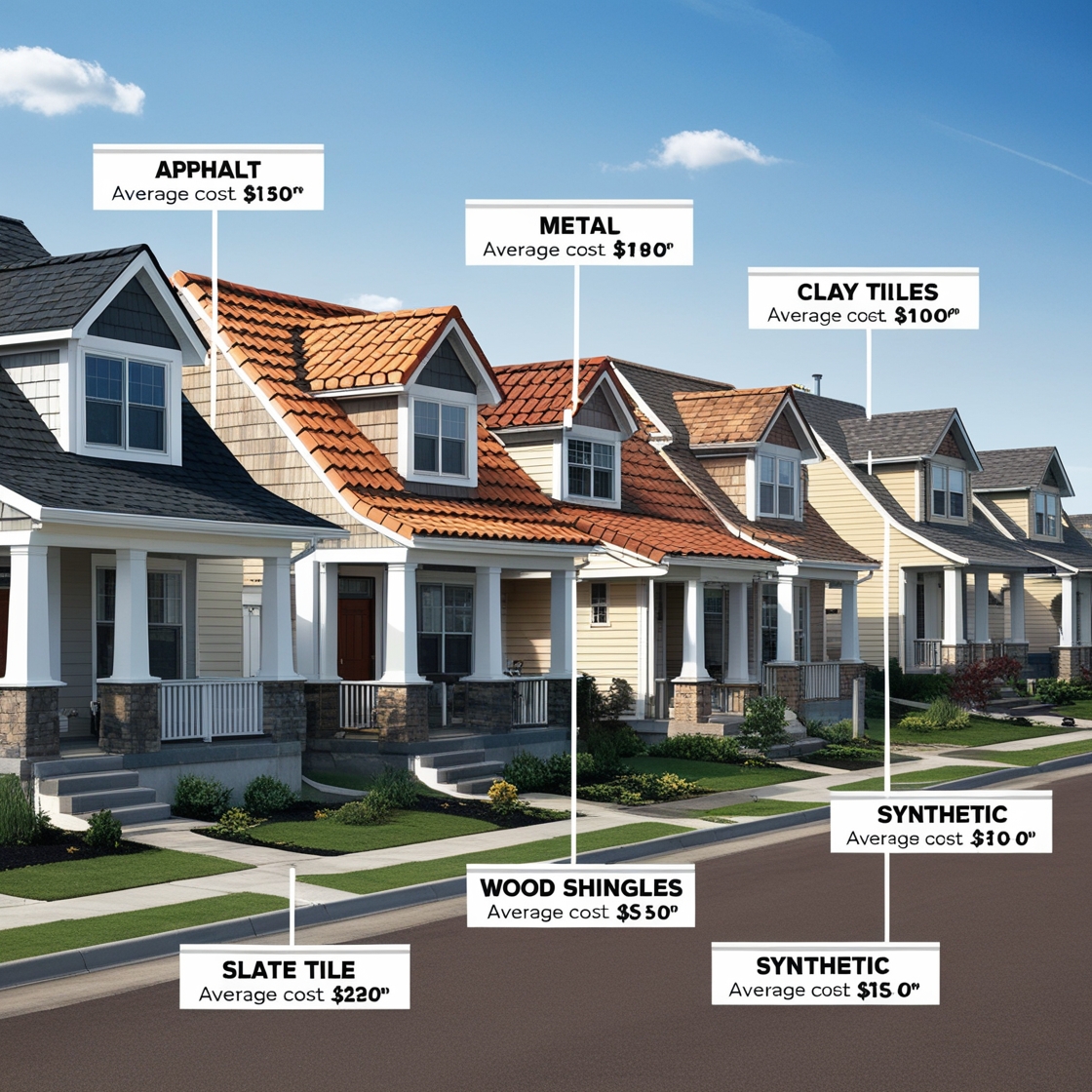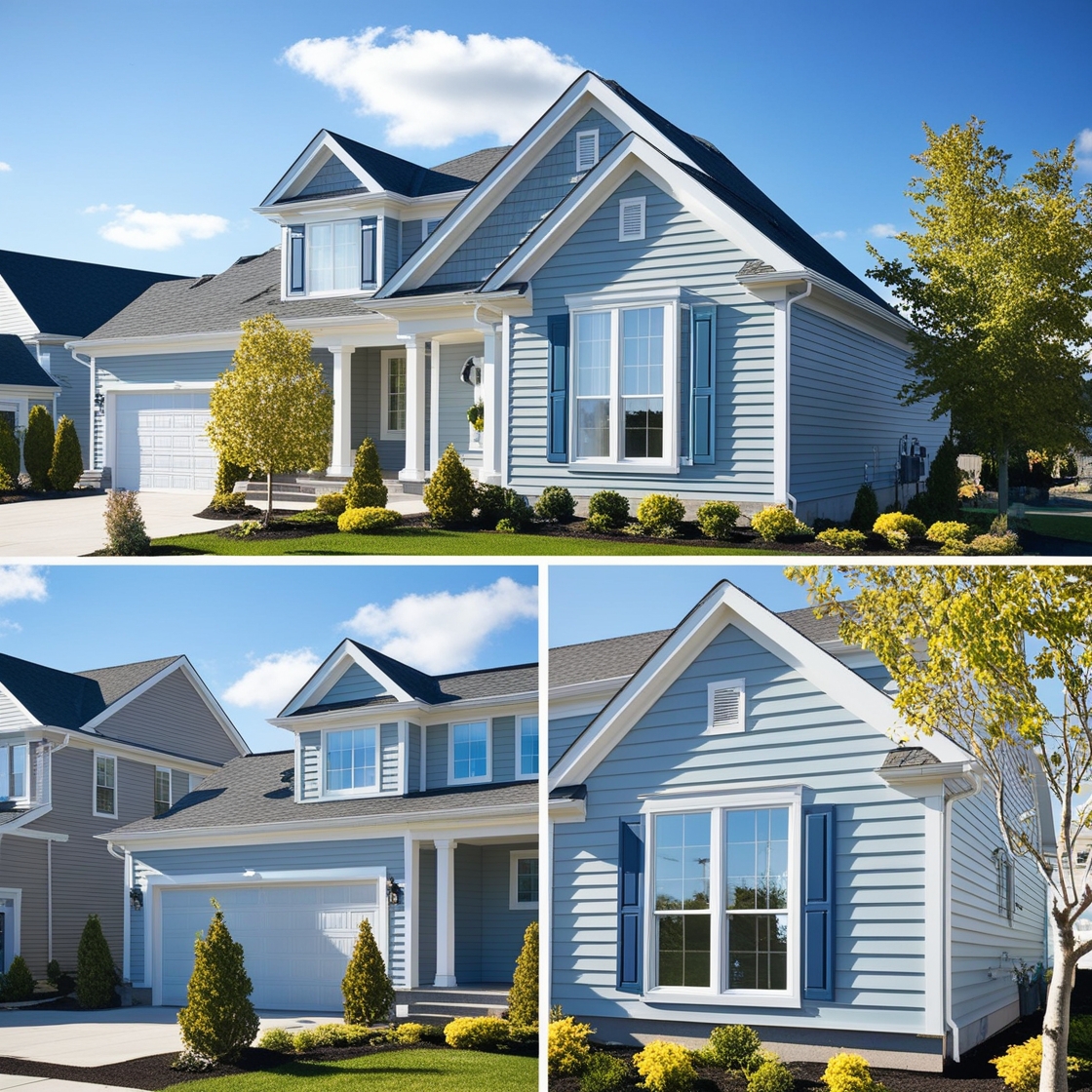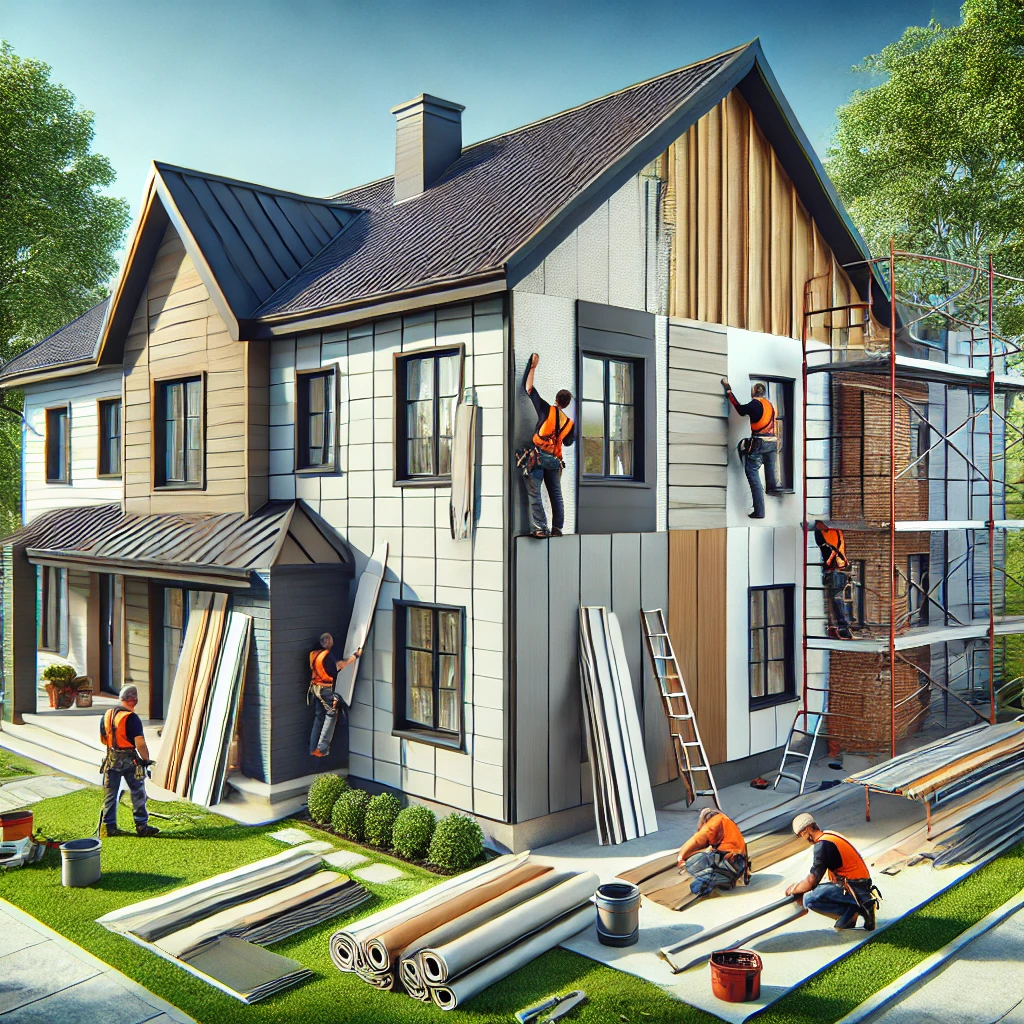When it comes to choosing siding for your home, the options can be overwhelming. The type of siding you select not only influences the appearance of your house but also affects its energy efficiency, durability, and overall value. With various materials available, each with its own set of benefits and drawbacks, making the right choice requires careful consideration. In this article, we’ll explore some of the most popular siding options, including vinyl, fiber cement, wood, and more, to help you determine the best type of siding for your home.
Vinyl Siding: The Popular Choice
Pros:
Vinyl siding is one of the most popular choices among homeowners, and for good reason. It’s affordable, durable, and requires minimal maintenance. Available in a wide range of colors and styles, vinyl can mimic the look of more expensive materials like wood or stone. It’s also resistant to common issues like rot, insect damage, and fading from UV rays.
Cons:
However, vinyl siding does have its downsides. It can crack or warp in extreme temperatures, and while it’s relatively easy to repair, damaged sections might need to be replaced entirely. Vinyl is also not as environmentally friendly as other materials, as it’s made from PVC, a type of plastic.
Best For:
Vinyl siding is ideal for budget-conscious homeowners who want a durable, low-maintenance option with a variety of design choices.
Fiber Cement Siding: The Durable Option
Pros:
Fiber cement siding is known for its exceptional durability and versatility. Made from a mixture of cement, sand, and cellulose fibers, it’s resistant to fire, insects, and rot. It can also withstand harsh weather conditions, making it a great choice for homes in areas prone to extreme temperatures or storms. Fiber cement siding is available in various textures, allowing it to mimic the look of wood, stone, or brick.
Cons:
One of the main drawbacks of fiber cement siding is its cost. It’s more expensive than vinyl and can be more challenging to install, often requiring professional installation. Additionally, while it requires less maintenance than wood, fiber cement siding does need to be repainted periodically to maintain its appearance.
Best For:
Fiber cement siding is best for homeowners who prioritize durability and are willing to invest in a material that offers both longevity and aesthetic flexibility.
Wood Siding: The Classic Choice
Pros:
Wood siding offers a timeless, natural look that can greatly enhance the curb appeal of a home. Available in a variety of styles, including shingles, clapboard, and vertical boards, wood siding can be painted or stained in any color. It’s also a renewable resource, making it an environmentally friendly option.
Cons:
The biggest downside of wood siding is the maintenance it requires. To prevent damage from moisture, insects, and rot, wood siding must be regularly painted, stained, or sealed. It’s also susceptible to warping and cracking over time, especially in areas with extreme weather conditions.
Best For:
Wood siding is ideal for homeowners who love the look of natural materials and are prepared to commit to regular maintenance.
Engineered Wood Siding: The Modern Twist
Pros:
Engineered wood siding is a newer option that combines the aesthetic appeal of natural wood with enhanced durability. It’s made from wood fibers and resin, which are compressed and treated to resist moisture, insects, and fire. Engineered wood is lighter and easier to install than traditional wood siding, and it comes pre-primed, so it’s ready for painting.
Cons:
While engineered wood is more resistant to damage than natural wood, it’s not completely impervious to moisture. If not installed correctly, it can swell or deteriorate over time. Additionally, it may not have the same lifespan as fiber cement or brick.
Best For:
Engineered wood siding is a great choice for homeowners who want the look of wood without the extensive upkeep, and who are looking for a balance between cost and durability.
Brick and Stone Veneer: The Premium Options
Pros:
Brick and stone veneer siding offer a luxurious, high-end look and are extremely durable. They are resistant to fire, insects, and weather-related damage, and they require very little maintenance. These materials can add significant value to a home and have a timeless appeal.
Cons:
The primary disadvantage of brick and stone veneer is the cost. They are among the most expensive siding options, both in terms of material and installation. Additionally, their weight may require additional structural support, adding to the overall cost.
Best For:
Brick and stone veneer siding are best for homeowners who are willing to invest in premium materials and want a long-lasting, low-maintenance option that significantly enhances their home’s aesthetic and value.
Choosing the Right Siding for Your Home
When deciding on the best siding for your home, consider factors such as your budget, the climate in your area, the architectural style of your house, and how much maintenance you’re willing to perform. Each type of siding has its strengths and weaknesses, and the best choice will vary depending on your specific needs and preferences.
For homeowners looking for affordability and ease of maintenance, vinyl siding is a strong contender. If durability and longevity are your top priorities, fiber cement siding may be the best option. Those who appreciate the natural beauty of wood but want a more modern twist might opt for engineered wood siding. Finally, if you’re seeking a premium, long-lasting material, brick or stone veneer could be the ideal choice.
By carefully weighing these factors, you can select the siding that not only enhances the appearance of your home but also provides the protection and longevity you need.





